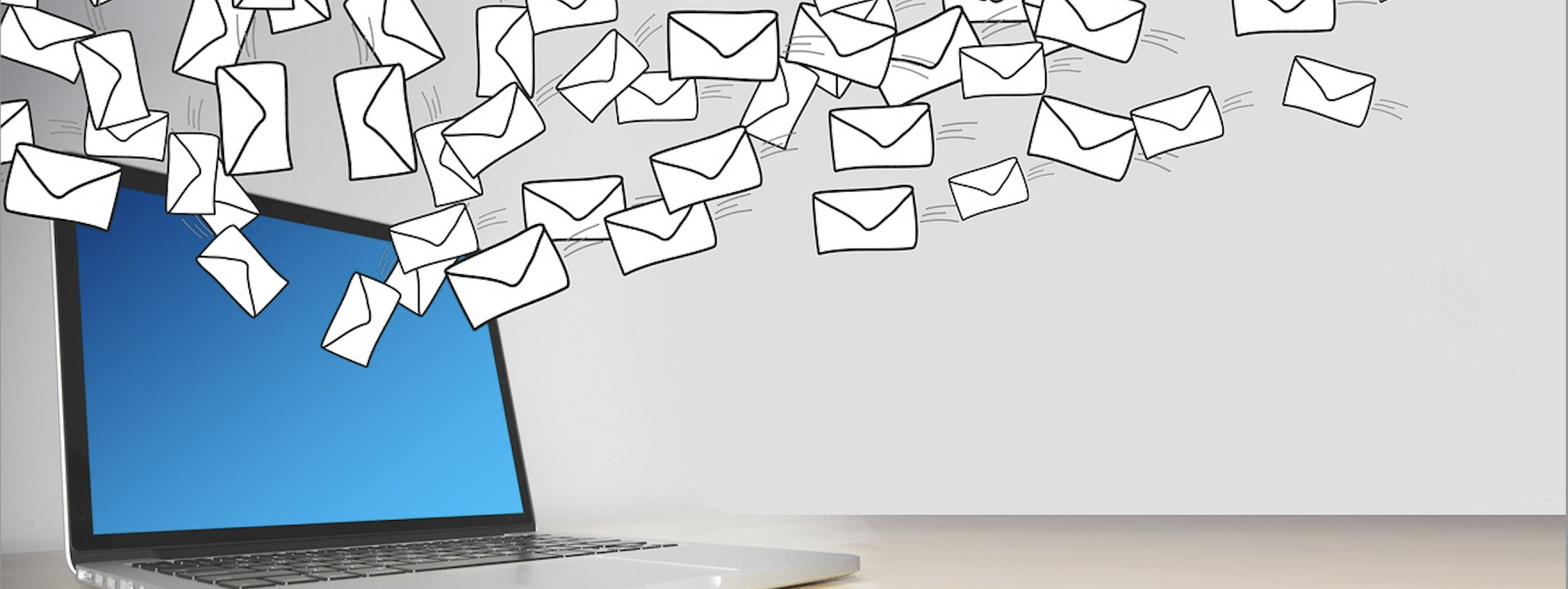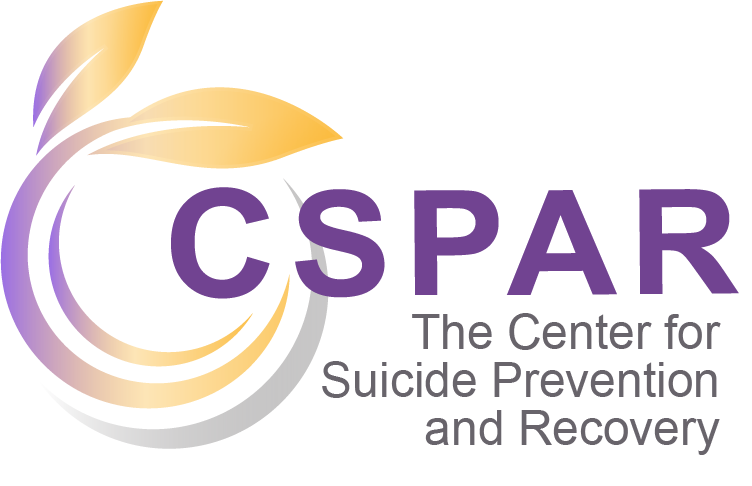Physical mail, such as letters and postcards, is supported by research. Recipients appreciate the extra effort made to send physical mail and personalize the messages, especially if handwritten. However, this process is difficult to scale, requires more work, and is less responsive than other methods. A small organization that likes to lend a personal touch to their work may prefer this method, while larger organizations or users that want to utilize efficient technology may not.
Caring Contacts Trials with email have been challenging logistically and less well-liked by recipients, perhaps because email has become more about business communication, bills, and spam and less about personal communication.
Health systems have considered using secure electronic health record (EHR) messaging applications such as MyChart, eCare, or similar options to send Caring Contacts, which may seems simple and appealing, but for the recipient, is neither. The login requirement voids the non-demanding nature of the Caring Contacts intervention, and recipients may be frustrated to learn that the message is neither time-sensitive nor medical in nature. Furthermore, the option to receive messages through an EHR like MyChart was presented to research study participants to assess potential interest. Out of the sample of 16 interviewees, all but one stated that they would not be interested in receiving messages through their EHR because of the very reasons stated above: compared to simply reading a text or email on their phone, they thought that logging into the secure system would take far too long and would detract from the random, positive nature of the messages.
Phone calls are tricky and more time intensive – if the recipient answers the phone, the conversation can quickly (and naturally) veer beyond the caring message. Some people will feel obligated to answer the phone, and others may feel guilty for missing your calls. If they answer, what was intended to be a short message may become a lengthy phone call.
Two-way text messages have been very successful in multiple Caring Contacts studies, especially with younger populations. This method scales very well and has the benefit of being responsive, meaning messages can be sent/received instantly. If you utilize 2-way text messages, you’ll need to be staffed to reply to recipients.










